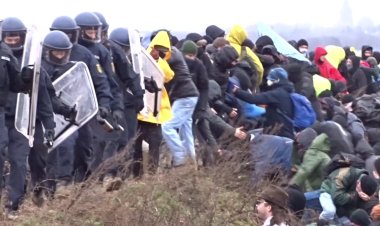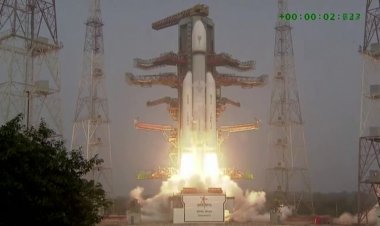3,500-year-old city found in Peru

Archaeologists unveiled the ancient city of Peñico in Peru, estimated to be 3,500 years old. Located in the Barranca province, this site likely served as a significant trading hub connecting cultures from the Pacific coast, the Andes, and the Amazon regions. Drone footage revealed a central circular structure on a hillside terrace, along with remnants of stone and mud buildings situated approximately 600 meters above sea level.
Founded between 1800 and 1500 BCE, Peñico emerged around the same time as early civilizations in the Middle East and Asia. Its strategic location and architectural features suggest it played a crucial role in facilitating trade and cultural exchange across diverse ecological zones. Ruth Shady, the lead archaeologist, noted that Peñico is significant as it likely developed after the Caral civilization, the oldest in the Americas, was devastated by climate change.
The Caral civilization, which thrived around 5,000 years ago, is known for its monumental structures and is considered a contemporary of ancient civilizations in Egypt, India, Sumeria, and China. However, it developed in isolation, according to researchers. Archaeologist Marco Machacuay emphasized that Peñico represents a continuation of Caral society.
The discovery of Peñico enriches the understanding of ancient civilizations in Peru, highlighting their complexity and interconnectedness. The architectural layout of Peñico, with its circular structure, suggests it may have served not only as a trade center but also as a ceremonial or administrative hub. This finding underscores the importance of trade and cultural exchange in the growth of early urban centers in South America and emphasizes the need for continued archaeological exploration to uncover the mysteries of pre-Columbian societies.















